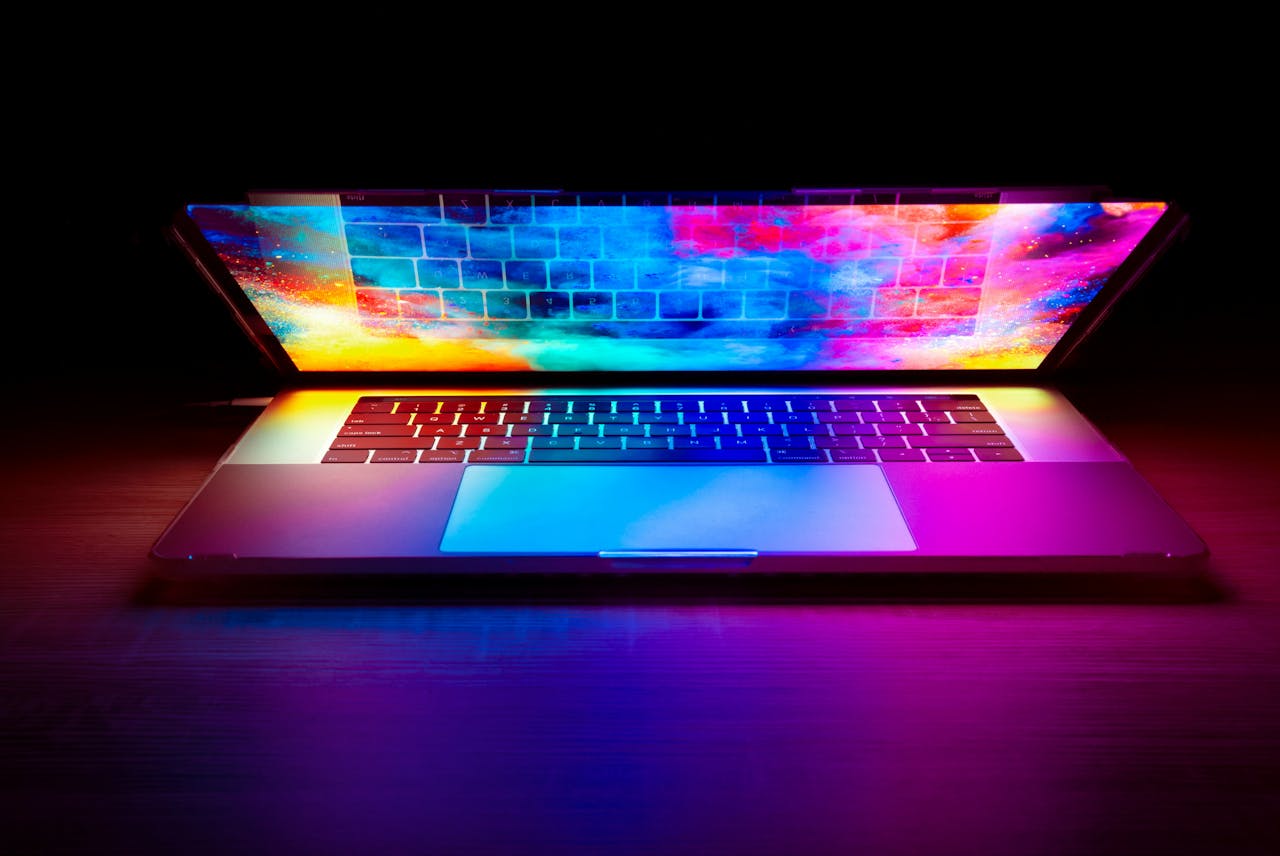
"I'm excited by a technology with the most wonderful name: 4D Gaussian Splatting. It's a cutting-edge technique that takes existing 2D images or footage and generates a speculative third dimension not captured at the time. It retrofits existing flat-plane experiences by adding navigable depth: an algorithm sees an image as particles 'splatted' on to a 2D plane and learns how these blobs move over time to enable 3D 'virtual camera angles' of 2D media. Early experiments have seen old footage 'dimensionalized.' Imagine seeing Neil Armstrong step on to the moon from the angle of your choosing, generated from the original film stock."
"I stumbled across Seaweed-APT2 recently. It broke my brain. It's like Veo 3 got a real-time upgrade. Instead of waiting for a render, you type a prompt or guide a virtual camera with your mouse and the world builds itself around you instantly."
Technological advancements in creativity are reshaping industries. 4D Gaussian Splatting enables old 2D media to be transformed into a navigable 3D format through advanced algorithms. This allows users to experience footage from different angles, enhancing storytelling possibilities. Seaweed-APT2 offers instant world-building capabilities by allowing users to create environments in real-time with simple prompts, eliminating the need for traditional rendering. These tools represent significant shifts in how creative work is developed and experienced, pushing the boundaries of imagination and design.
Read at The Drum
Unable to calculate read time
Collection
[
|
...
]